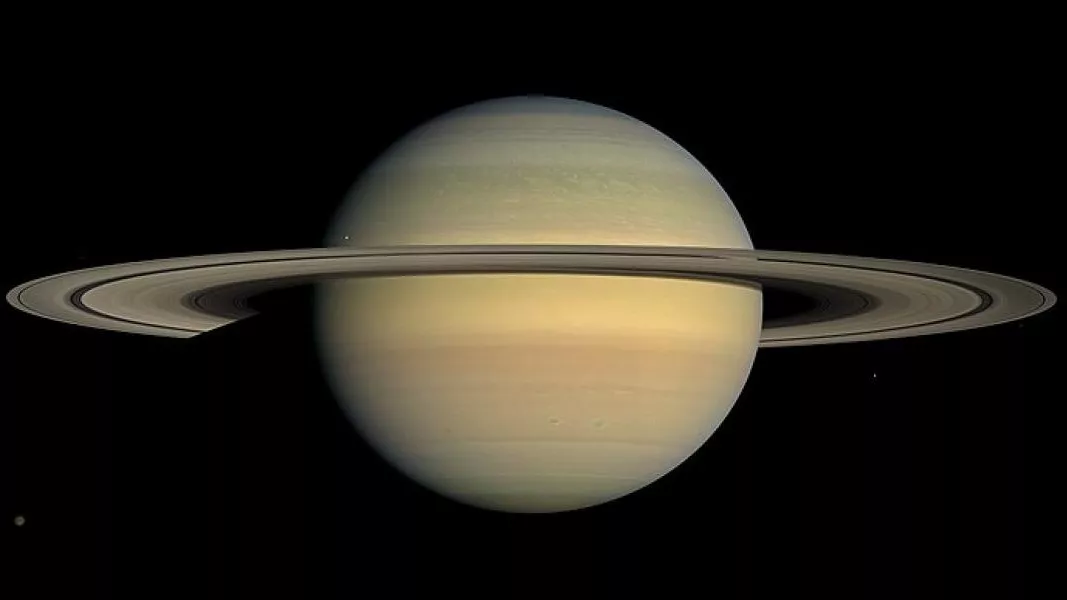This week scientists confirmed that they had found 62 new moons orbiting Saturn, increasing the planet's moon count to a staggering 145 and ending Jupiter's brief but illustrious reign as the planet with the most moons in our solar system.
That puts Saturn's moon count significantly ahead of the 95 moons confirmed for Jupiter which eclipsed Saturn's moon count several months ago when the government recognized twelve new moons orbiting Jupiter at the end of December. Researchers from the University of British Columbia (UBC), who helped make the discoveries, said that Saturn is now the only and first planet in the Solar System to have over a hundred known moons.
The international team of researchers made their detections using data from the Canada-France-Hawaii telescope on top of Mauna Kea, Hawaii between 2019 and 2021. By analyzing a trove of sequential images taken during three hours of observation, the team identified 62 previously undiscovered moons that were too small or too faint to be detected before. Some of the smaller moons measured just 1.6 miles wide (2.5 kilometers), a distance smaller than the length of the National Mall in Washington D.C.
The recently discovered 62 moons are "irregular moons," meaning they travel in elliptic far-off orbits around their parent planet and often move retrograde, opposite Saturn's rotation direction. According to the researchers, many of these tiny strange moons group together into similar retrograde orbits, indicating that they may have come from a larger moon mother that broke apart millions of years ago.
As we push closer to the limits of our modern telescopes, we’re finding more evidence that a medium-sized moon orbiting backwards around Saturn was destroyed about 100 million years ago”, Brett Gladman,(opens in new tab), professor of astronomy and astrophysics at UBC, said in a statement. During this process, some pieces of this main moon were pulled forward by gravity forces to reach circular orbits and become today’s 62 moons. This is amazing because it allows us to learn so much about how our inner solar system works and how it evolved from its early formation up to now. It’s like having a lab book of past events in our cosmic history, there for us to explore and better understand how these complex systems work.
The new moons are expected to be recognized by the end of this month by the International Astronomical Union, a group of over 12,000 scientists responsible for naming celestial bodies, among other things.
Deja una respuesta


IMPRESCINDIBLES DE LA SEMANA